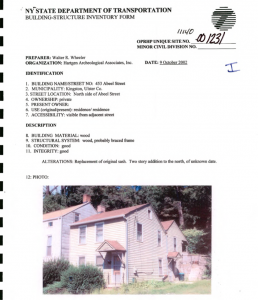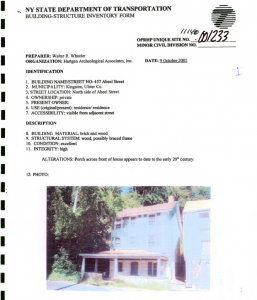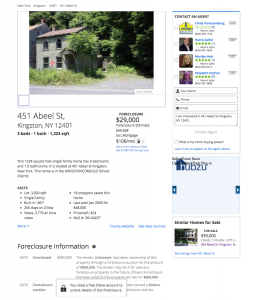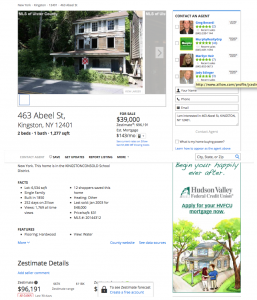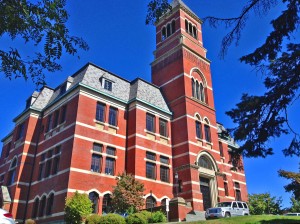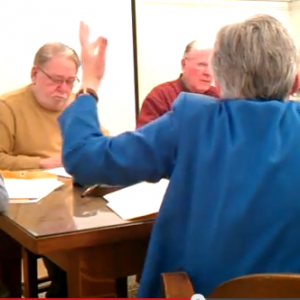As a final follow-up of the work, we are pleased to share a timeline of the recent Niagara Bottling Proposal in our area. For a good solid month, we have worked to encompass each event of significance to not only document but to also help to further illustrate how incredibly complicated this was. The people working together with the help of many partners managed to stay on top of every detail and utilize their rights based on policy and the law (there is much room for improvement, too, as we found out in both departments). VIEW: Timeline
What can we learn here to improve decision making processes in the future? A great deal – and we must never forget it and apply these important lessons to everything from here on out.
If there is an item that has not been recorded that you wish to share, please contact us.
It is our aim to also offer assistance and support to other communities who are in the midst of something similar. Please be in touch if you’d like by writing Rebecca@KingstonCitizens.org
Special thanks to KingstonCitizens.org’s committee members Debra Bresnan and Rachel Marco-Havens for their assistance.
###
Here are several key items:
PUBLIC FUNDING
An enormous amount of public funding was lined up to attract the Niagara Bottling project. It is hard to say what the tax abatements through Start-Up NY would have provided along with all the tax breaks that a Manufacturer is given in NYS – but over the course of 10 years it’s probably a fair assumption that it would have been upwards to $20-30 million +. That, plus the $10.8 million they would have received through the Consolidated Funding Application grant through the Mid-Hudson Economic Development Council (MHEDC) to go toward their facility build (an estimate $53 million for a new build, and not to reuse any of the buildings at the Tech City site).
A firm number of jobs and salaries were not ever provided to our group so that a cost analysis could be done to compare their worth vs. the amount of public funding that Niagara was looking to secure. Very few elected and appointed officials involved knew what they were, but had signed confidentiality agreements and would not release that information to the public.
STATE ENVIRONMENTAL QUALITY REVIEW ACT (SEQRA): Pos vs. Neg Dec
The public was encouraged to wait for the State Environmental Quality Review Act (SEQRA) process to take place in order to get the basic information that they were requesting. Those who understood what was taking place worked hard to secure a ‘positive declaration’ in SEQRA in order for there to be a public process and thankfully were successful in doing so. It had been reported in the papers that Niagara was hoping to start their build in February of 2015 alluding to the Town of Ulster as Lead Agency probably counting on a ‘negative declaration’ – meaning no public input – sending the project straight to the planning board for a site plan review.
SEQRA, by the way and simply put, examines a project as it is submitted and relies on such submission to be accurate (and not segmented as this proposal clearly was). Determinations are then based on its accuracy for a proper review of the applicable laws.
PUBLIC FUNDING AND SEQRA
As it turns out and in this case, it is illegal in NYS for public funds to be awarded to a project before SEQRA takes place. Prior to the public’s awareness, the Niagara project had been selected as a priority project for the MHEDC. Whether shining the light on this fact impacted Niagara ultimately not being selected by the State in December is unknown. Though we suspect so.
START UP NY TAX ABATEMENTS
Start-Up NY is a new program of NY Governor Andrew Cuomo’s that began in January/February of 2014. Corporations who come in from out of state and partner with a SUNY school may qualify for up to 10 years of tax abatements (tax free including employee, business, property, school and others). It is meant for corporations to move on campus to offer onsite internships for students but in SUNY Ulster’s case (located in Stone Ridge, NY), that wasn’t possible due to program allotment of 200,000 square feet to accommodate businesses under consideration. By utilizing their satellite campus’s however, Tech City located in the Town of Ulster where Niagara wished to locate (and for the most part empty since the early 90’s) could qualify.
Niagara Bottling applied and was selected by a very small number of people (four as we understand it) based on these qualifications as we know them: 1) Will the corporation provide jobs? 2) Does the corporation fit within the mission of the program/University? 3) Does the corporation conflict with any other business similar in nature within a certain radius of the potential new location?
…and that’s it.
The SUNY Ulster Board of Trustees (who have a fiduciary responsibility), students and faculty were not included in the decision making process. Furthermore, Niagara would require water from a municipal source (as well as local springs) that could have tremendous negative impacts to the community that the reservoir services (Kingston/Woodstock). The community-at-large were caught off guard, having not been alerted prior to reports in the papers with the process well underway.
LACK OF GOOD SCIENCE
Thanks to several of our partners (and their donors) that include the Woodstock Land Conservancy, Riverkeeper and SaveCooperLake.org, a number of studies were created to show the potential impacts of the water withdrawal, creation of plastic bottles using PET pellets, traffic and waste water disposal in a nearby impaired water-way known as the Esopus Creek. As you will see by reading through the timeline, there was little to none modeling to gauge future impacts. These studies helped us to show the potential dangers to our communities prior to SEQRA and in turn, helped us to secure a positive declaration in the process.
INTERESTED VS. INVOLVED AGENCY
In the SEQRA process, those who have a “discretionary decision” to make have a seat at the table and are listed as an ‘Involved Agency’. In Kingston, because the Water Board is independent – they alone would make the decision regarding the sale of the public’s water (and they alone were listed as an Involved Agency). All together, about nine people without any public oversight (unless you include the Mayor as the public, the only elected official who serves on the Water Board and who appoints all of its members, too).
All of the municipalities impacted directly that include Kingston, Woodstock and Saugerties fought another hard battle to be listed as an ‘Involved’ agency prior to not being listed at all. To be ‘Involved’ gives the group the opportunity to voice in on Lead Agency in SEQR. That is a critical moment in the process and much effort, too, was made to request that the DEC become Lead Agency of the project given its regional impacts.
Instead, each were granted only ‘Interested’ agency status, which in essence is not any more authority in the process than the average citizen.
That, right there, is a real glaring problem for our community and we intend to work with our elected officials in the future to help to provide the public with a larger role in decision making for sales such as these.
A LONGER PUBLIC COMMENT PERIOD AND ADDITIONAL PUBLIC HEARING LOCATIONS IN SEQR
Another item that was important to our group given the complexity of the project was to request a longer public comment period than what is allowed in SEQR (which is 30 days once the scoping document is submitted by the client/consultant (Niagara/Chazen Companies)). Because it is not mandatory to allow for more time, the public was beholden to the Lead Agency/Client to allow for it or not.
In addition, given that the impacts of the projects would have included multiple municipalities, we also asked that Lead Agency offer public hearings outside of the Town of Ulster and in those impacted communities so to increase the number of the public and their opportunity to be heard.
ADDITIONAL MATERIALS
We hope that you will visit this page periodically as we continue to fine tune and add any additional information that is helpful to understand better our experience.
To try to keep the timeline tight, we’re including these other entries here to get a little more insight on the City of Kingston’s Water Board and other municipal decisions that have been made over the past 100 + years.
If you have anything that you wish to correct or to add – or you are a community facing a similar situation and would like to speak to us – you can do so by contacting us at Rebecca@kingstoncitizens.org
###
1906: According to the NYS Archives, “the duties and functions of the Water Supply Commission were assumed by numerous successor agencies, and were ultimately assigned to the Department of Environmental Conservation’s Division of Water in 1970.
1929: NYS DEC Water Power and Control Commission, Water Supply Application No. 493 for the City of Kingston.
1954: NYS DEC Water Power and Commission (today the DEC) application no. 2510 for the City of Kingston. “Conditions: A) Under this decision and approval the city of Kingston is authorized to furnish a water supply to the new plant of International Business Machines Corporation (IBM) in the Town of Ulster. No authority, however, is given herby to the sale of water to any others from the supply main to be installed to such new plant without the further consent and approval of the Commission.”
2007: Ulster County Government demonstrates its commitment to the protection and management of open space and water resources with the adoption of the “Ulster County Open Space Plan,” with the largest section of the plan devoted to water resources.
2009: The City of Kingston demonstrates its commitment to environmental and climate protection by adoption the “Climate Smart and Green Jobs Community Pledge.”
2011: As a condition of the NYS DEC permit for Woodstock Commons to hook up to the Town of Woodstock (ToW) Water District, the ToW was required to develop and submit emergency back-up water treatment and supply plans to NYS DEC using Cooper Lake main on Tinker Street at site of the Town Hall renovation.
2012: City of Kingston, NY creates “Climate Action Plan” formally adopted on October 2, 2012. In it, the city proposes initiatives that include Water Conservation and Efficiency practices. A prioritized list of projects currently underway by the Conservation Advisory Council (CAC).

